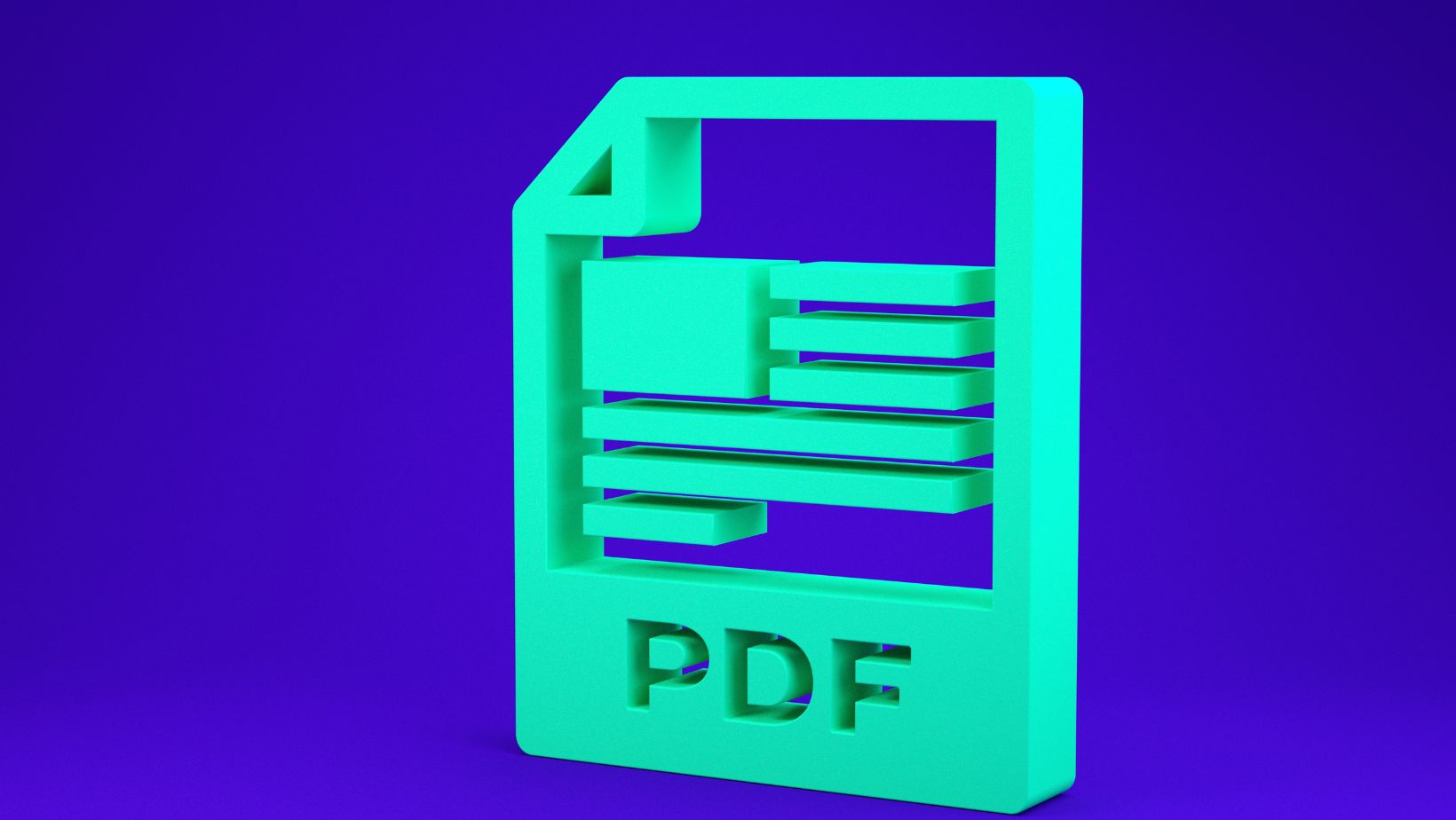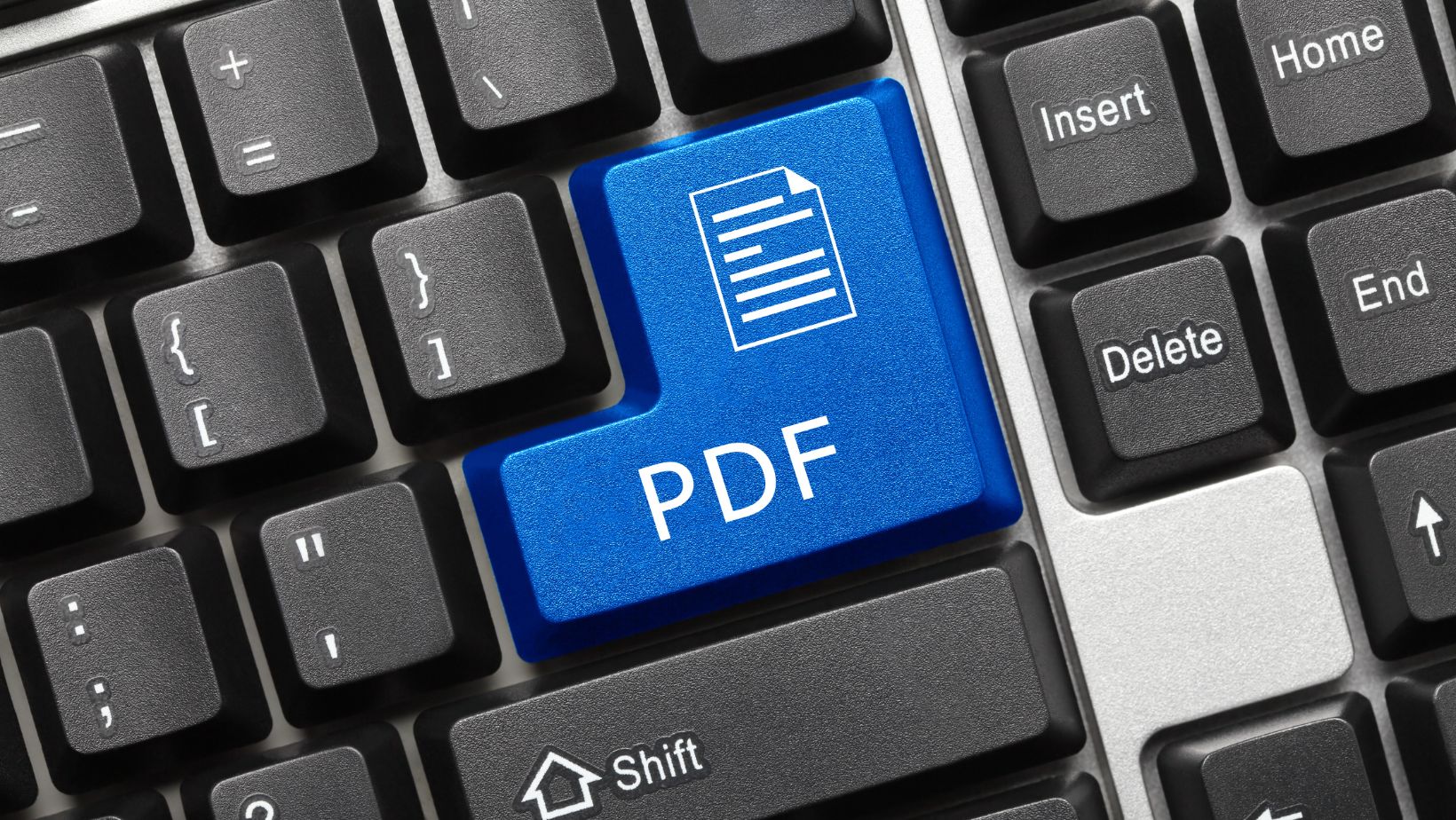Have you ever found yourself drowning in Java code, wondering how to turn a dazzling HTML page into a sleek PDF document? You’re not alone.
The alchemy of converting Java HTML to PDF is as tantalizing as it is crucial. It is your no-nonsense passport to mastering digital sorcery. In this guide, we’ll embark on a code odyssey that will arm you with the tools and tricks needed to wield PDF creations like a pro!
Let’s dive right in!
Choosing the Right Library
The first step in converting HTML to PDF Javascript is choosing the right library for the job. There are many options available, each with their unique features and capabilities.
Some popular alternatives include iTextPDF, Flying Saucer, and Apache FOP. Each of these libraries has its pros and cons, so it’s best to research and evaluate them before deciding.
In addition, you should consider factors such as:
- compatibility with your Java version
- ease of use
- support for your specific HTML elements and CSS styles
Once you’ve selected a library, the next step is to incorporate it into your project.
Setting Up Your Environment
Once you’ve chosen your preferred library, it’s time to set up your environment. Generally, you’ll need to add the library as a dependency in your project’s build configuration.
You may also need to import any necessary classes or packages into your code. However, be sure to carefully follow the setup instructions provided to ensure a smooth conversion process.
Writing the Conversion Code
Most libraries provide APIs or methods specifically for converting HTML to PDF, making the process relatively straightforward.

However, it’s essential to remember that not all HTML elements and CSS styles are fully supported by these libraries. You may need to make some adjustments to your HTML code before converting it.
For example, libraries might struggle with complex layouts or CSS3 properties, requiring you to simplify your designs or use in-line styles. You may often need to perform other operations, like using c# extract text from PDF for indexing or searching within the document.
It’s essential to thoroughly test and troubleshoot your code to ensure the best conversion results.
Testing and Debugging
This step is critical if you’re working with large or complex HTML pages. Start by testing smaller portions of your code before attempting full-page conversions. If the results are unexpected, use debugging tools to identify and fix any issues.
It may also be helpful to reference the library’s documentation for troubleshooting tips and tricks.
Optimization and Deployment
Once you’ve successfully converted your Javascript HTML to PDF, it’s time to improve and position the final document. This may involve:
- compressing images
- reducing file size
- adding metadata

You can also add security features like password protection or digital signatures for added protection. Finally, test the document on different devices and browsers to ensure platform compatibility and consistency.
Mastering Java HTML to PDF Conversion
As we wrap up our journey through the mystical world of Java HTML to PDF conversion, take pride in the expertise you’ve accrued. You’re now equipped to survive and thrive in the ever-evolving digital landscape.
Remember, it’s not just about making PDFs. It’s about crafting an experience that stands out. So keep coding, creating, and letting your PDFs be your legacy.
Did you find this article helpful? Check out the rest of our blog now!


More Stories
The Technology Behind Virtual Receptionist Services
Crypto And Cards: The Fusion Of Blockchain And Betting
Tool Overload: Why Less Software Sometimes Means More Progress